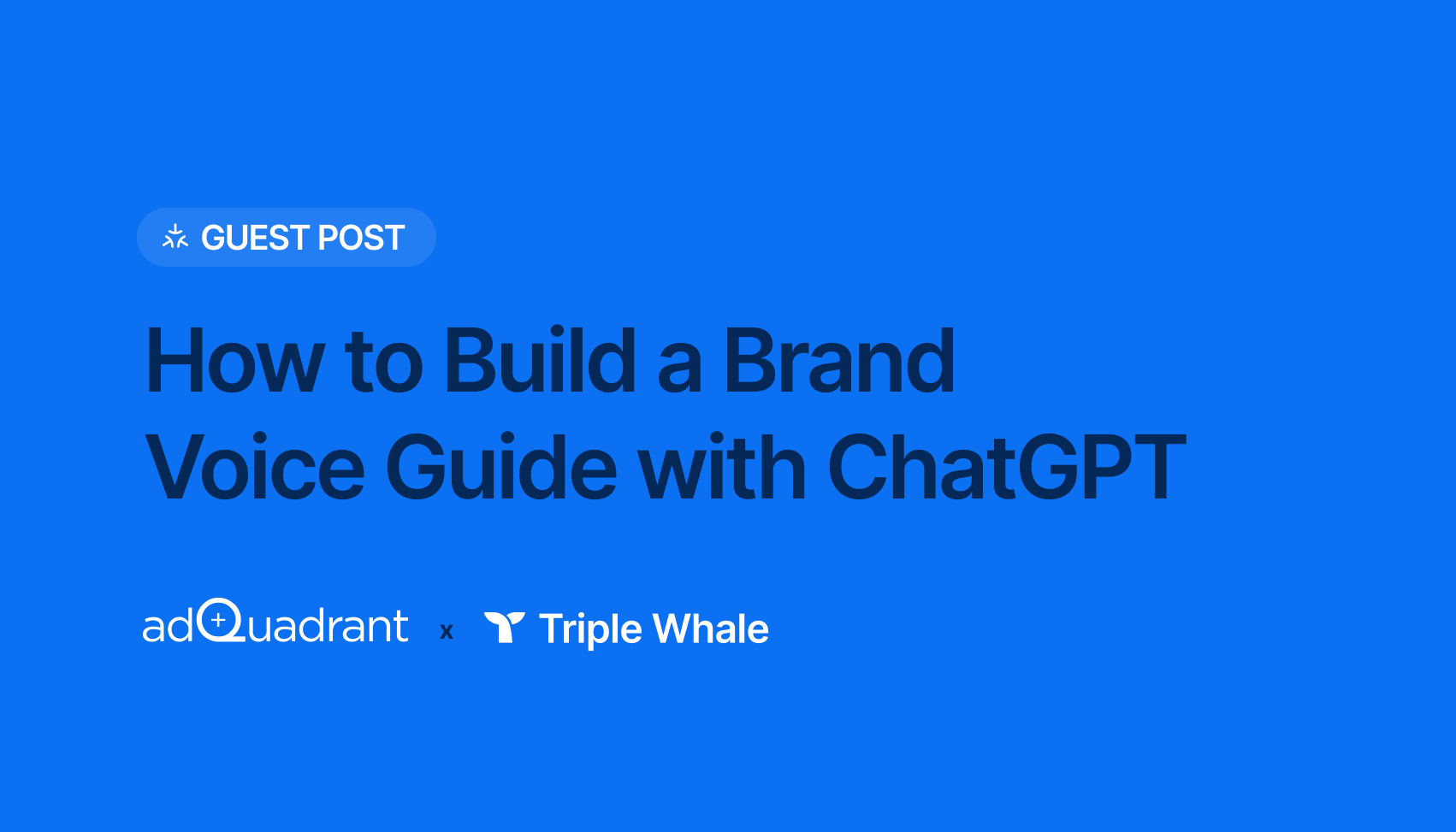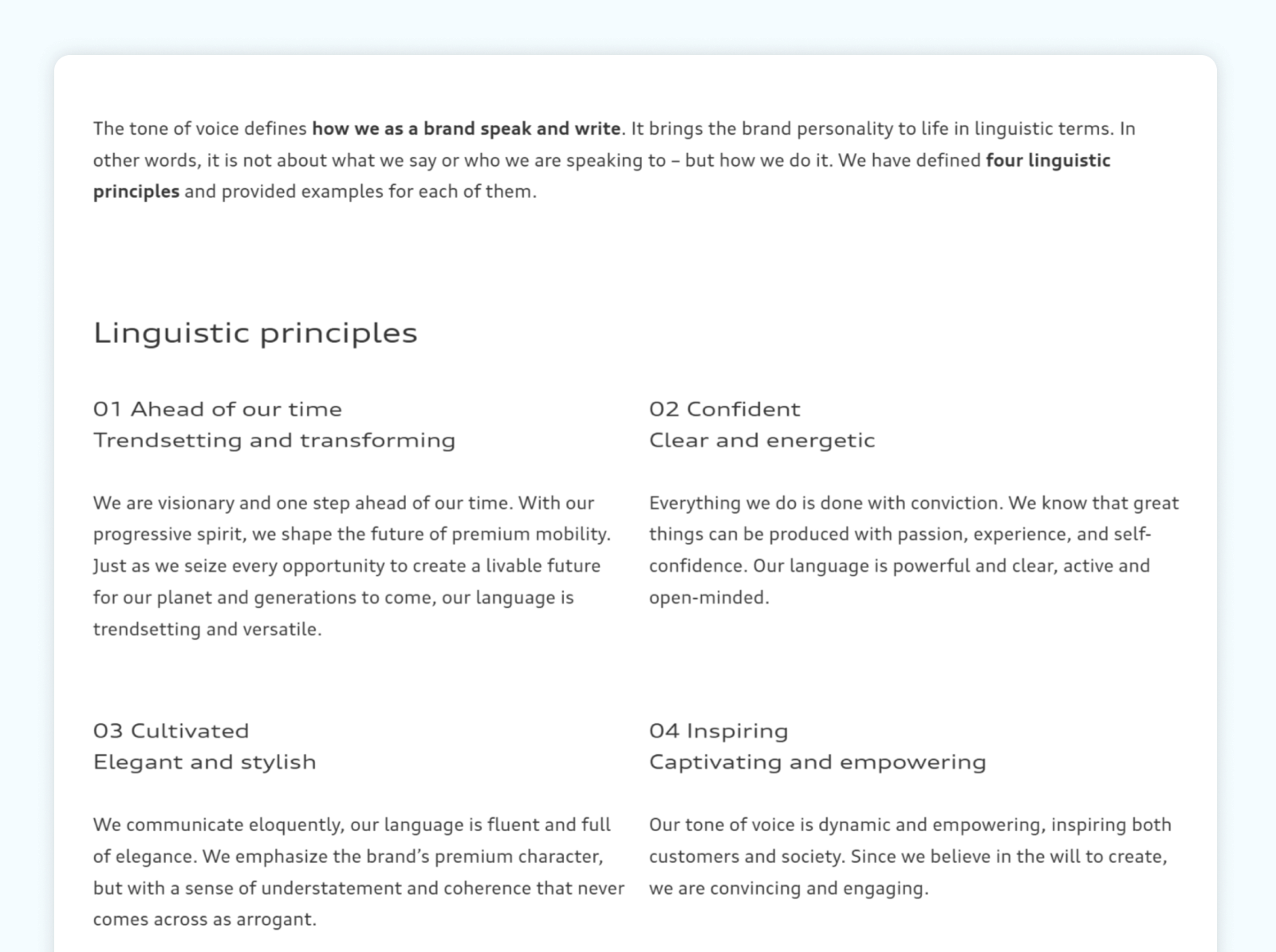
Ever opened an email from your own brand and thought, “Wait — this doesn’t even sound like us”?
If you’re growing an ecommerce brand, you know the struggle: Your team is cranking out emails, SMS promos, ads, landing pages, and new product descriptions at lightning speed. But with multiple people writing copy and no time for tedious line-by-line brand voice checks, tone and wording drift fast. One email sounds warm and playful; the next feels stiff and robotic. Product pages flip between casual and corporate.
And the bigger your team gets, the worse it gets.
Customers notice. Inconsistent messaging chips away at trust and dilutes your brand’s personality, the very thing that makes shoppers buy from you instead of a competitor.
So, what if you had an AI-powered brand voice guardian that automatically checks every email, SMS, and PDP draft against your up-to-date style guide before it ever reaches your customers? No more off-brand surprises.
In this article, you’ll see how to set up a simple AI system that automatically keeps every email, SMS, and product page perfectly on-brand.
Here’s a fact every ecommerce leader should memorize: consistent brand presentation can increase revenue by up to 23%. It’s not just a nice-to-have, it’s fuel for trust and loyalty in a crowded market.
Think about it: a playful, friendly tone in your welcome email builds a bond with a new customer. But if that same customer gets an abandoned-cart email that sounds robotic or pushy, trust cracks instantly.
Or imagine an on-brand SMS offer, short, fun, perfectly “you," versus a stiff, jargon-heavy product description on your product detail page. Mixed signals confuse shoppers and kill conversions.
Every touchpoint matters. From product detail pages to pop-ups, Instagram comments to help desk replies, each interaction should feel like it came from the same familiar, reliable voice.
This consistency doesn’t just sound good; it works. It lowers churn, increases repeat purchases, and makes your ads and retention campaigns more believable and effective.
With the right AI guardrails in place, it’s easier than ever to maintain, no matter how fast your team scales.
Your brand voice guardian is only as good as the style guide it follows. Think of your style guide as the ultimate cheat sheet that trains both your human team and your AI on how to sound unmistakably you, no matter who’s writing the copy.
So, what should a good ecommerce style guide include?
Below is a snippet from Audi’s tone-of-voice guide. Notice how each tone word (“Ahead of our time,” “Confident,” “Inspiring”) is clearly defined, not just labeled. This makes it easy for both writers and your Brand-Voice Guardian to apply the right tone in any draft.

Keep your style guide living. Update it as you learn what converts best. If your audience loves a certain phrase, bake it in.
Store your guide somewhere accessible, like a Google Doc, Notion page, or your brand portal so your AI and your team always have the latest version at their fingertips.
Before you connect your style guide or build automations, get your custom GPT ready to act as your brand voice guardian.
Here’s what to do:
With your style guide polished and your Custom GPT ready, the next step is to connect them so ChatGPT can check your content against your brand rules every time.
Here are three ways to make that connection work for your team:
The simplest option: When creating your Custom GPT, paste your entire style guide into the Instructions field. This bakes your tone, word choices, and do’s and don’ts directly into every response.
Note: Anytime you update the guide, you’ll need to manually replace it in the GPT settings to keep it current.
If you’re using an OpenAI Teams account, your workspace admin can securely connect your team’s Google Drive for the entire organization. This means your Custom GPT can access and read specific Drive files or folders in real time, just like a teammate pulling up the latest doc.
Store your style guide in a clearly named Google Drive folder that your team keeps up to date.
Then, when you build your Custom GPT, use the Knowledge settings to select only your style guide folder or document. This ensures your Brand-Voice Guardian references only your approved voice rules and stays synced in real time with any updates.
Whenever you update that live doc, your GPT automatically uses the newest version the next time it checks a draft — no manual re-upload needed.
If you want more control or your style guide lives outside Drive (like in Notion, a CMS, or another tool), you can link it dynamically using GPT-4o’s function calling, an API, or a simple webhook.
A developer or a no-code tool like Zapier or Make can pull your live document or structured data whenever your GPT runs a check. This ensures your Brand-Voice Guardian always references the latest version of your guide automatically — no manual uploads needed.
Now for the fun part: putting your brand voice guardian to work automatically, so your team doesn’t have to think twice about staying on brand.
Here’s how it works in practice:
This keeps your daily content tight and consistent, without bogging down your creative flow.
Once you’ve set up your brand voice guardian, the real magic happens when everyone from junior copywriters to freelance creators uses it consistently. Here’s how to make that happen and see the results pay off:
Protecting your brand voice should drive real results, not just cleaner copy. If you use an agent-powered intelligence platform like Triple Whale, you can plug in your content KPIs to see exactly how sharper, more consistent messaging impacts conversion rates, repeat orders, and ROAS.
For example, track how polishing your PDP descriptions with your Brand-Voice Guardian affects time on page, add-to-cart rate, and organic ranking. Triple Whale’s agent-powered intelligence can pull these insights together, so you’re not guessing which tweaks actually move the needle.
This makes it easy to prove that protecting your voice pays off and to share clear, data-backed wins with your team and leadership.
Keeping your brand voice consistent doesn’t have to mean endless manual edits and Slack threads debating tone. With a living style guide and GPT-4o function-calling, you can turn ChatGPT into an always-on Brand-Voice Guardian, catching slip-ups, flagging off-brand phrases, and freeing your team to focus on creative work that converts.
As your team grows and content volume scales, this system keeps your copy aligned without slowing you down. It’s a practical way to maintain trust, stand out in a crowded market, and make sure every word feels unmistakably true to your brand.
Consistency is no longer a bottleneck — it’s your competitive edge.